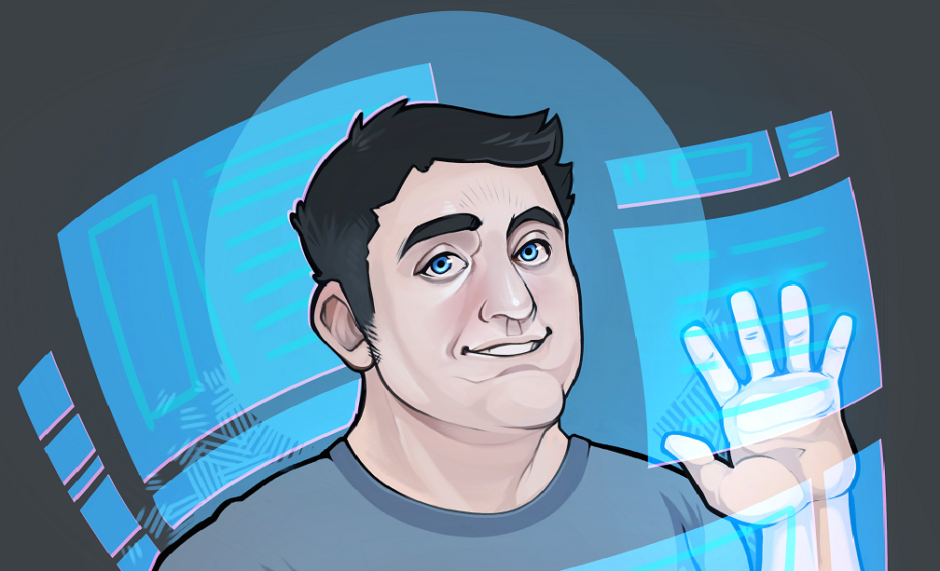In what was probably one of the most successful spamming campaigns yet (judging by the sheer number of “announcements” that hit the web) two ex-Microsoft employees – Herb Marselas & Chas (Charles) Boyd formed Redmond game studio Emogence LLC. If you are at all familiar with DirectX development then you know these guys have been in the trenches at Microsoft for years. Marselas is Emogence’s CEO and is a veteran who worked for game developers Ensemble Studios and Bungie Studios, both of which were acquired by Microsoft where he became a lead developer on DirectX graphics. Boyd was the architect of Direct3D at Microsoft for the last several years. Marselas is quoted as stating that the game is being designed to his and Boyd’s strengths, with an emphasis on advanced graphics technology. The two say they founded Emogence last September to create games that will take advantage of the latest, fastest technology, such as video cards and graphics chips. They claim that they want a shorter development schedule because graphics technology changes so rapidly they feel they can ship a game in 10 months – apparently by automating the generation of a lot of the content.
From the IGN Interview:
Jonric: Shipping this year would represent a much shorter development period than we’re used to seeing. How realistic is this? What are the keys to achieving it without undue bugginess?
Marselas: We wouldn’t have announced the date if we weren’t confident in it.
But the programmers, who run a “virtual company” that employs half a dozen artists across the country, have no publisher for their game, called “Grafan”,’ at this time. They plan to show the game at E3 this year.
